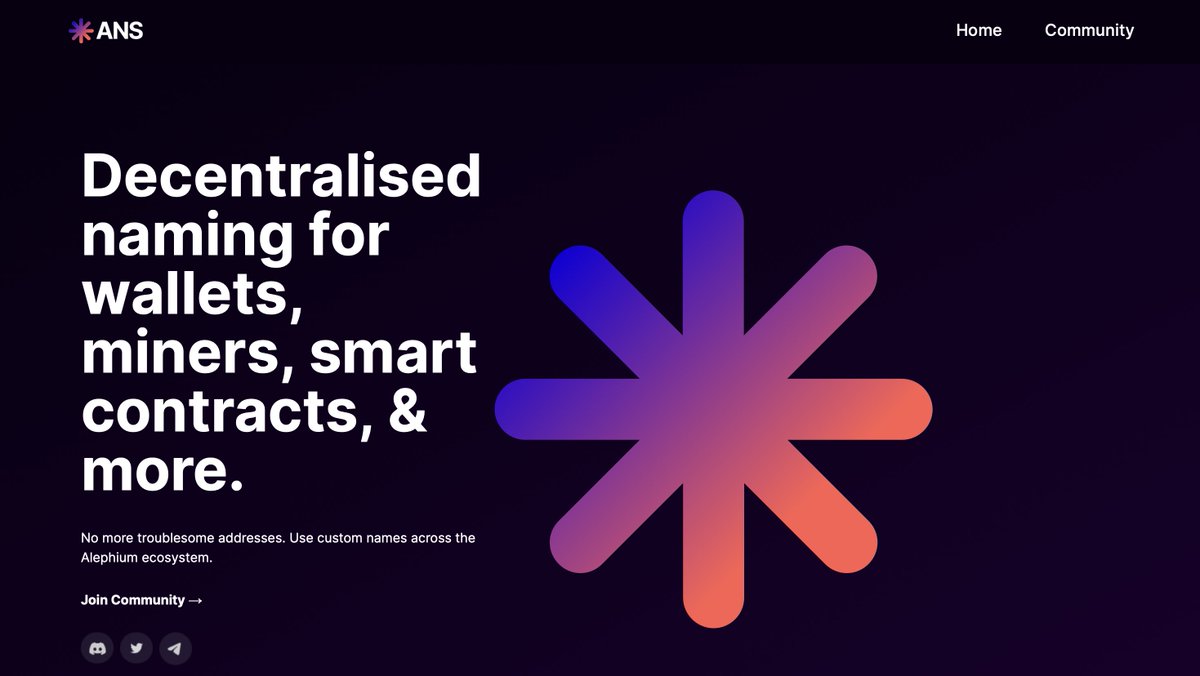Consensus Algorithm Time!
With @ethereum heading for #TheMerge, it’s a good time to remember how consensus mechanisms work, especially our very own Proof of Less Work and the benefits it brings to the security of our network.
With @ethereum heading for #TheMerge, it’s a good time to remember how consensus mechanisms work, especially our very own Proof of Less Work and the benefits it brings to the security of our network.
2/ We wrote an article about it in our blog. If you didn’t read it yet, now’s a good time! Especially since next thursday @wachmc will do an AMA on our Discord on this subject!
medium.com/@alephium/tech…
medium.com/@alephium/tech…
3/ PoW x PoLW
In classical proof of work, miners use equipment like GPUs, FPGAs or ASICS and energy to solve hashing problems: mining cost is the combination of equipment cost and energy costs.
In classical proof of work, miners use equipment like GPUs, FPGAs or ASICS and energy to solve hashing problems: mining cost is the combination of equipment cost and energy costs.
4/ In PoLW, miners shift part of the external cost to internal network cost by burning some coins (and consuming proportionally less energy) after a certain point.
In this case, mining costs are both external (energy, equipment) and internal (burning coins inside the network).
In this case, mining costs are both external (energy, equipment) and internal (burning coins inside the network).
5/ Since burning coins has a cost but does not consume energy, this is how we reduce the energy consumption without sacrificing security.
In PoLW, the cost is the same as in PoW, but composed differently.
In PoLW, the cost is the same as in PoW, but composed differently.
6/ PoS x PoLW
Since PoLW has an internal cost component, you may think that it has something to do with Proof-of-Stake, but it is completely different.
Since PoLW has an internal cost component, you may think that it has something to do with Proof-of-Stake, but it is completely different.
7/ First, it’s different because you don’t « stake » coins to mine more coins (at the risk of getting slashed), you really burn existing coins, allowing you to mine new ones.
8/ The most important distinction is that in PoLW, miners are still required to pay external costs: the equipment cost and energy consumed to calculate hashes with physical hardware and real-world electricity.
9/ This is important because nobody can manipulate energy prices worldwide, so there is no way to manipulate the global hash rate, thus ensuring an attacker an unfair advantage over the network.
10/ In PoS, the cost is fully internal to the network, which might be dangerous because if you take control of a lot of coins, it might be cheaper and less complicated to alter the ordering and validating of transactions in blocks, weakening the security of the network.
11/ Proof of less Work, by combining the requirement of external work and adjusting it with « some » internal costs on top allows for the best of both worlds: staying secure and decentralized while spending less energy overall.
12/ At the end of the day, the choice of a consensus mechanism is (or can be) a principled decision: what does one want to achieve?
13/ We believe that our focus on strong decentralization, optimized PoW and UTXO model provides the best security for our network, allowing it to live up to our values of disintermediation, permissionlessness and inclusiveness.
14/ We will hold an AMA about Proof of Less Work at the end of this week on Discord.
discord.com/events/7477412…
discord.com/events/7477412…
15/ If you have questions, send them our way here:
https://twitter.com/alephium/status/1558106974037766144
• • •
Missing some Tweet in this thread? You can try to
force a refresh





















